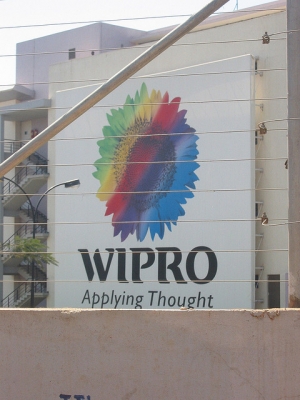Elements of sustainability

To the untrained person, sustainability sounds a lot like going back to an industry-free time in the stone ages and giving up everything modern and relevant to the times. On the contrary sustainability has everything to do with the times we live in. The elements of sustainability are all very clear indicators of this simple fact.
For instance, based on the Parson’s approach, sustainability means integrating renewable resources and alternative energy, and reducing individual and industrial carbon footprint. It stands for creating opportunities for local workers and suppliers for a more inclusive workforce and promoting long-term viability and economic benefits.
According to the Stanford ideology of sustainability, a sustainable ecosystem relies on four elements: productivity, diversity, resilience and disturbance. Together, these elements determine the level of resources that can be taken from any given environment and maintained sustainably.
Let’s take a longer look at these four elements. Productivity is the growth rate of each living part of an ecosystem: animals, plants and other organisms in relation to the non-living elements of that environment. Productivity affects the level of resources an ecosystem can provide. Diversity is the number of habitats and the kinds of organisms, which influence productivity in terms of variety. Diverse ecosystems use their resources efficiently because of the nature of different species that use the same resources differently. Disturbances like storms, earthquakes, volcanoes and other occurrences that negatively affect an ecosystem can often increase productivity, to a degree, since most ecosystems balance disturbance with re-growth. Resilience is an ecosystem’s ability to recover from disturbance.
For instance, a forest fire is often thought of as purely a destructive force. Contrarily, what it does to its ecosystem is destroys an already dead brush in order to naturally make way for re-growth and rejuvenation. It also returns necessary minerals to the soil and make the new vegetation accessible to smaller herbivores.
Sustainability is often described as a three-legged stool, with each of the legs standing for one of the E’s of sustainability: economy, ecology and equity. The three E’s are interconnected, hard to separate and often compete with each other, which could threaten the equilibrium necessary to sustain a community. Most successfully sustained communities are those that can provide opportunities to balance these three elements.
We often think of the work ‘community’ as something that relates primarily to people; a smaller unit of people bound by geography, culture or faith. As a result, we think of sustainability as something more local, more controlled and connected to our immediate lives and surroundings. In truth, a community involves people, places, other living organisms, the surrounding ecosystem, beliefs, customs and several other aspects. This means that sustainability includes addressing issues of income inequality, poverty, discrimination, climate change, clean and equitable energy, equitable access to food for all, equal suffrage rights, and equal access to food for all… It’s clear that the scope of sustainability is as large and diverse as the planet we live on.
